From Chipping Ongar we followed the Essex Way, a long straight track heading west out of town through fields of barley, towards a distant dust storm. The path was fragrant with chamomile under our feet, and luckily, by the time we reached it, the combine harvester had stopped to let us pass.
A three-horse shade tree in a grass paddock with dock and thistle and ragwort, said to be poisonous to horses, but since they don’t like the taste of it they don’t usually eat it. It’s only when it gets mixed with hay that it become dangerous. See this story from Friends of the Earth – Is ragwort poisonous?
At Greensted-juxta-Ongar in Essex stands the oldest of wooden churches. Its nave is lined with split oak and it has a white, weather-boarded tower.
England in Particular, Churches
The church is dedicated to St Andrew. It is said to be the oldest wooden church in the world. Its timber walls are made from split logs erected in Saxon times, originally as a simple thatched hut.
Outside
Inside
Since then it has been extended many times, with Norman flint walls, a Tudor tiled roof, a 17th century tower, substantial Victorian restorations and an oak font by Sir Hugh Casson dated 1987.
The St Edmund Beam
St Edmund was crowned King of East Anglia, aged 15, at Bures, Suffolk, on Christmas Day 855, and was martyred by the Danes on November 20th, 869 AD. He became the first patron saint of England but later the Normans replaced him with St George. At his martyrdom he refused to give up his Christian beliefs, so he was scourged, chained to a tree, shot with arrows and finally beheaded, as depicted in the stained glass window. His body was enshrined at Bury St Edmunds where it attracted many pilgrims. Later it was removed to London for safe keeping but returned to Bury in 1013. On its way it was rested here at St Andrew’s church. An attractive legend depicted on the beam, relates to St Edmund’s martyrdom. His head was thrown into a thicket in the forest some distance from the body. When his followers found his head it was guarded by a wolf (hound) who would not leave it until it was placed with the body.
Directly opposite the entrance and beside one of the pews, is a tiny glazed triangular window looking out from a niche cut into the wall. It gives a good view of the thickness of the ancient Saxon split logs.
Inside
Outside
The early Saxons who first settled here worshipped their pagan gods in the sacred groves of the great forest, of which Epping Forest is the last surviving remnant. They resisted attempts by St Augustine and others to convert them to Christianity, until St Cedd, a Saxon who had been trained at the Celtic monastery on Lindisfarne, finally showed them the way. He built the first church here in c.654 AD, though his base was a deserted Roman fort on the coast near Bradwell-on-Sea and his cathedral (now called St Peter’s-on-the-Wall) can still be seen there – To The Horizon.
The coped stone coffin lid against the south wall of the nave is thought to be the final resting place of a crusader. The fact that it was made of stone, not a local material, and was placed against the south wall, suggests that he was seen as a local hero.
The (former) wooden cross by the gate… marks the grave of Edward Edwards, the owner of a local inn who died in 1842 whilst using a scythe… as part of a bet taken during a bout of heavy drinking.
From the church we headed north, then east over a footbridge, following a field-edge path.
Here we found a mighty hedgerow oak.
I was taken aback, stopped in my tracks, arrested by its overwhelming beauty. I gazed awhile, paying my respects. I imagined being lifted up into its branches and being held there. I pointed my camera to the sky, then gradually climbed back down, one beautiful green storey at a time. Another oak church.
It seemed like the fence alongside had fallen in surrender to this superior being.
The hedge is a rich mix of blackthorn, elder, bramble, hawthorn, hazel, apple, bryony and more.
We came this way nine years ago collecting sloes and elderberries for sloe gin and pontack.
Perhaps this time it should be dandelion and burdock.
We were swallowed up by the hedge, into a subarboreal zone of shade and dappled light and tree-dust, speckled motes and mottled specks, through stiles and paddocks along a familiar Essex Way.
Until suddenly it wasn’t familiar. We’d been here before but now we’d forgotten the way. A good part of any walk should probably involve getting lost. So we headed for the light at the end of the tunnel.
But we were not enlightened. We were disoriented.
Our way was entangled.
Our sat-nav was strangled.
We came and we went, to and fro, turn and turnabout, through small woods of new walnuts.
And then we backtracked the wrong way along the wheat field and it felt like cheating.
Our path was lost somewhere over the fields, so we continued along the road. And very soon, despite being only a few miles out of London, we were immersed deep in the heart of the countryside, sunk between high green hedgerows that suddenly disclosed an ancient silhouette – a pitch-black timber-framed barn with thatched roof, looking slightly wonky and beautifully vernacular. And with the sun behind it, making it more dramatic but impossible to photograph. So we descended along the lane.
Meadow brown and bindweed.
To the curiously named village of Stanford Rivers, where we found no rivers at all, just this brook.
And an avenue of lime trees that led us to St Margaret’s red door.
Where Jesus was born in a shelter beside the church.
Beneath a great oak.
While shepherds watched their flocks.
Beside a spreading walnut tree.
We made our escape via a long straight track all the way back to Chipping Ongar.
To Ongar Bridge and lunch at The King’s Head.
※



















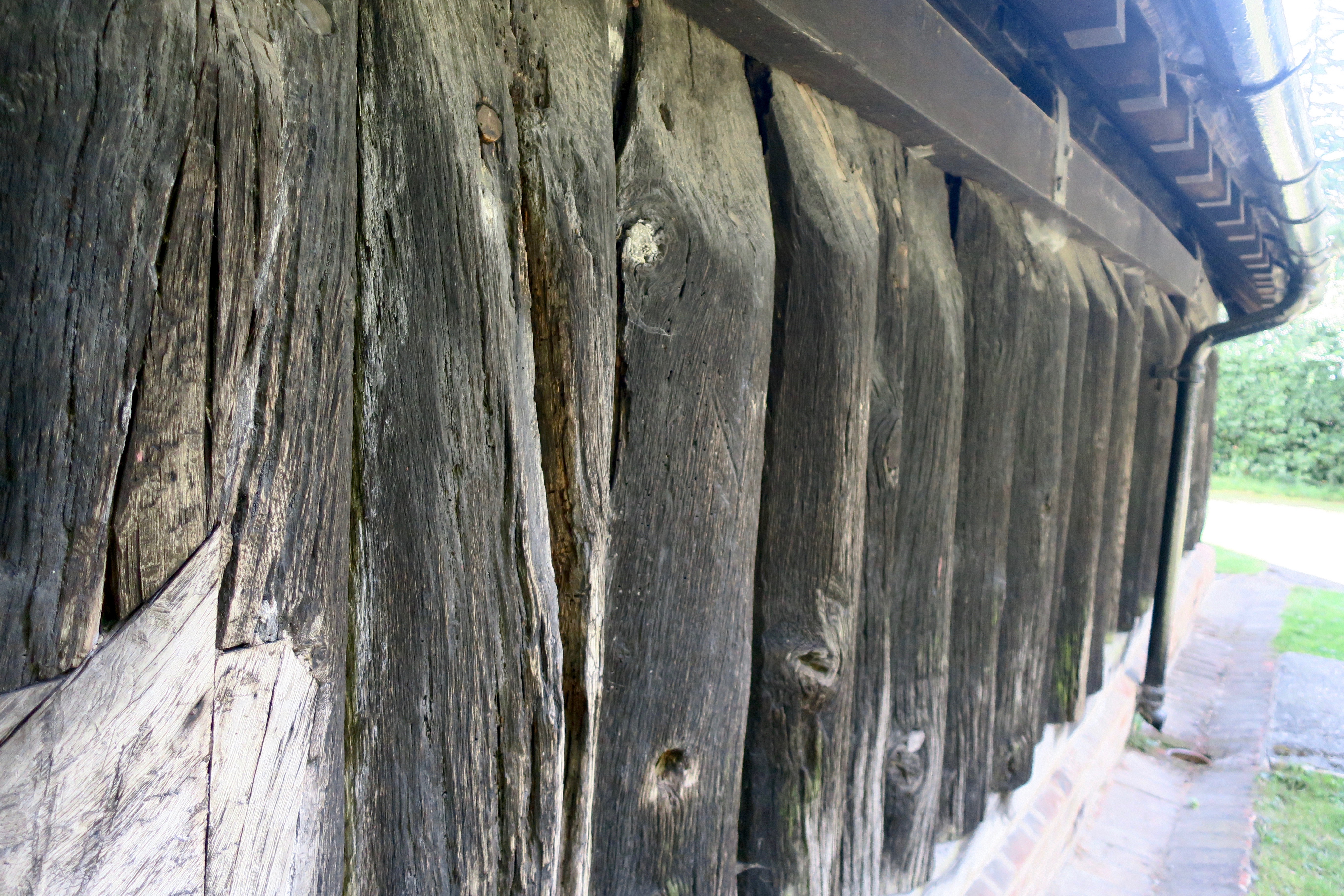


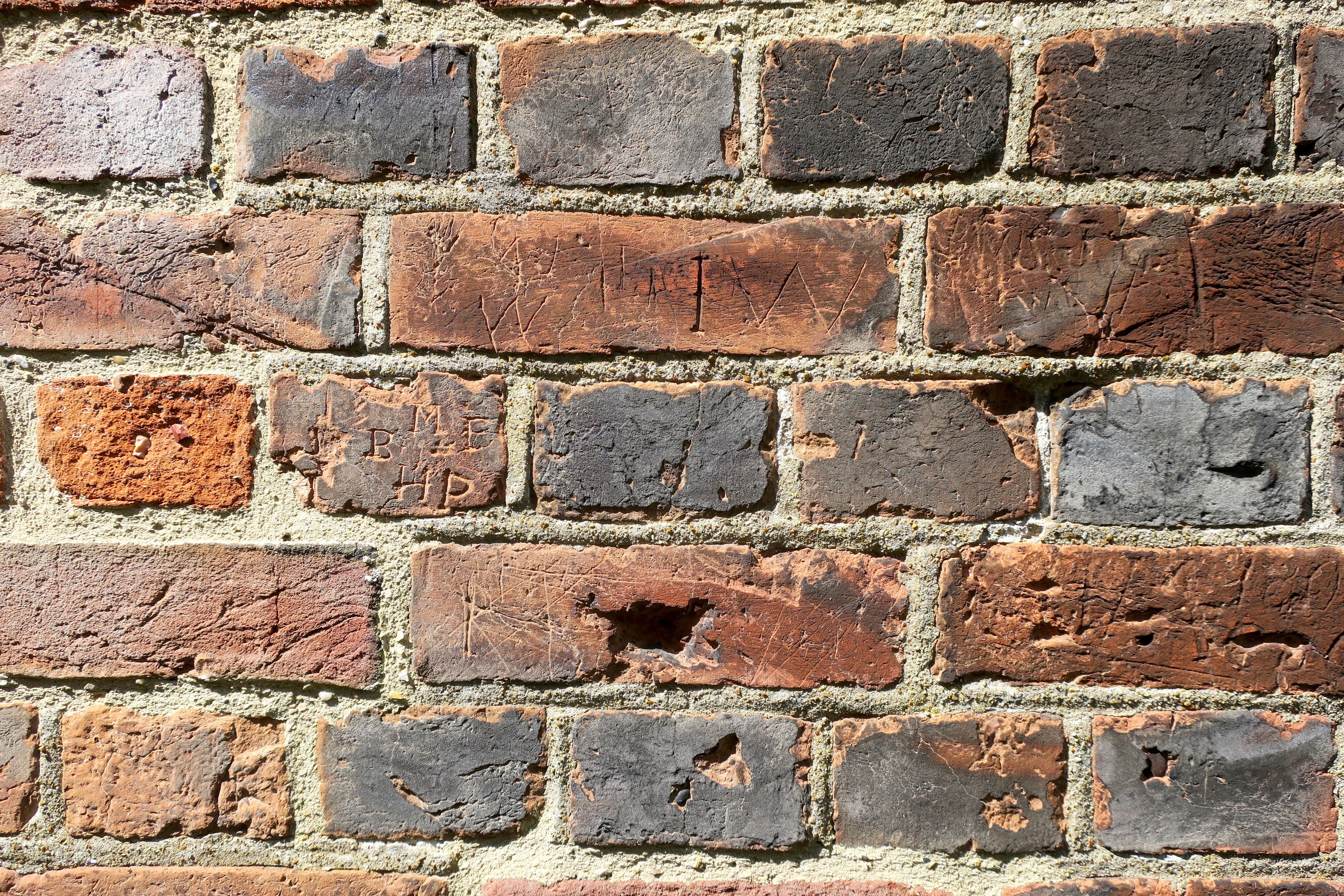







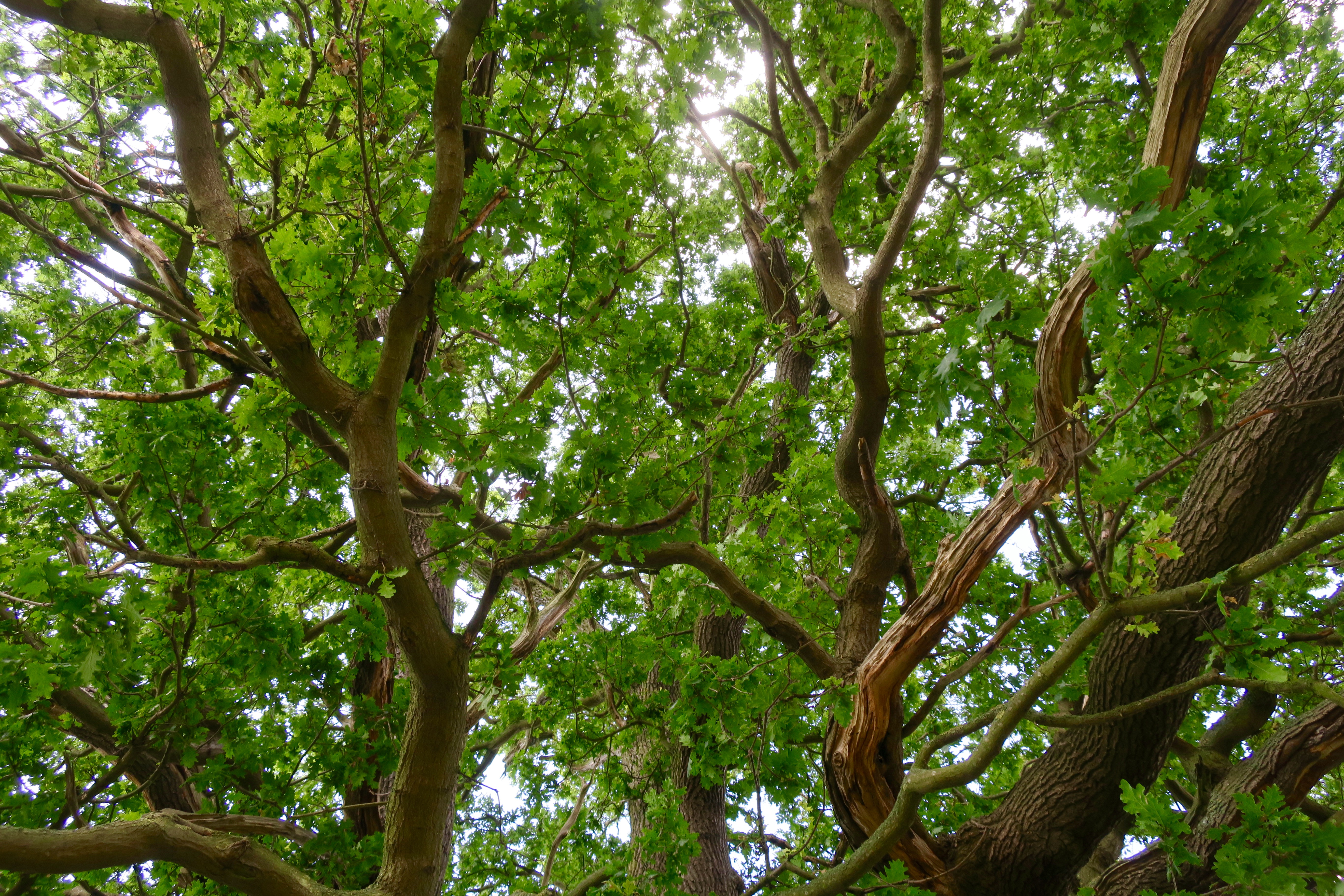
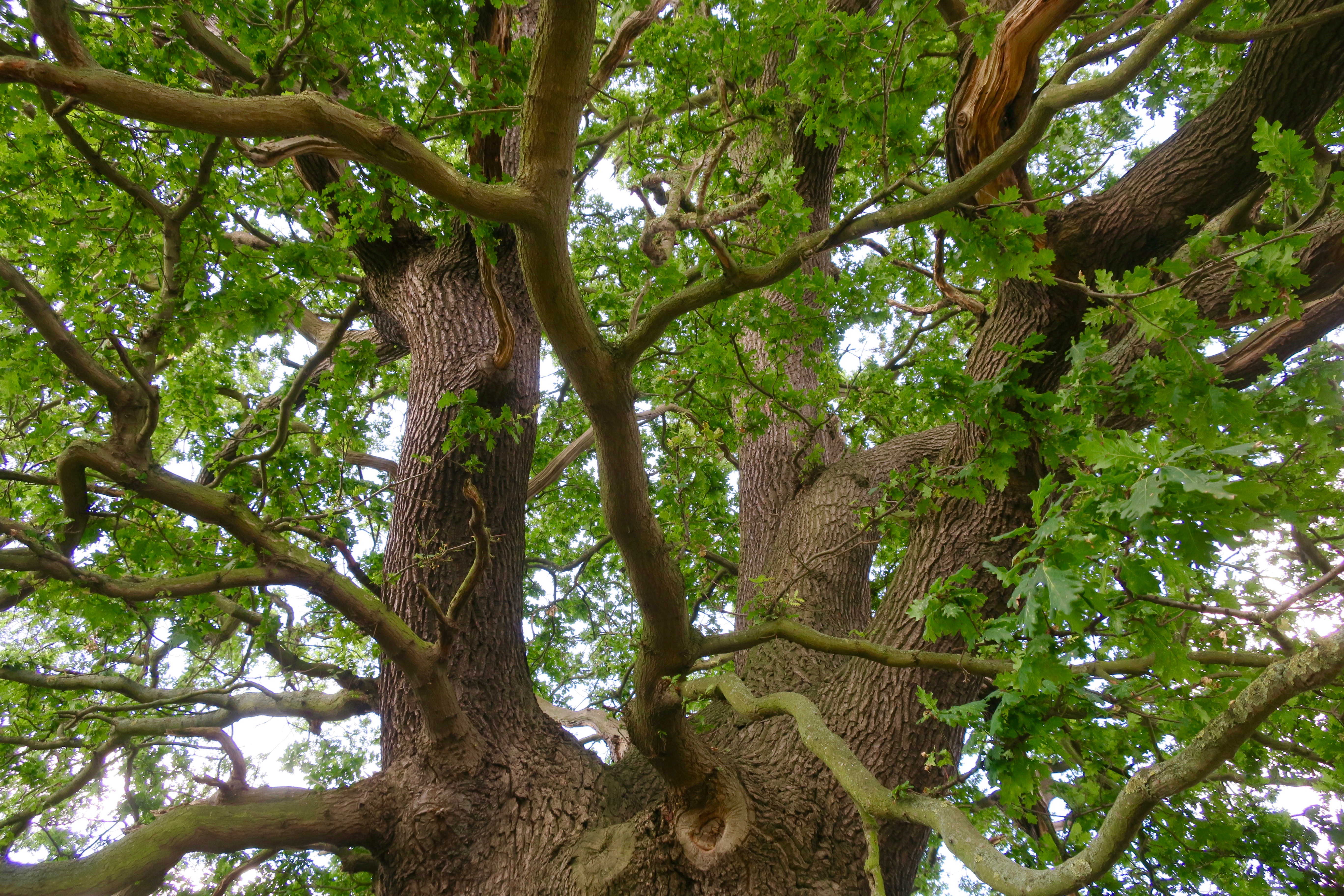


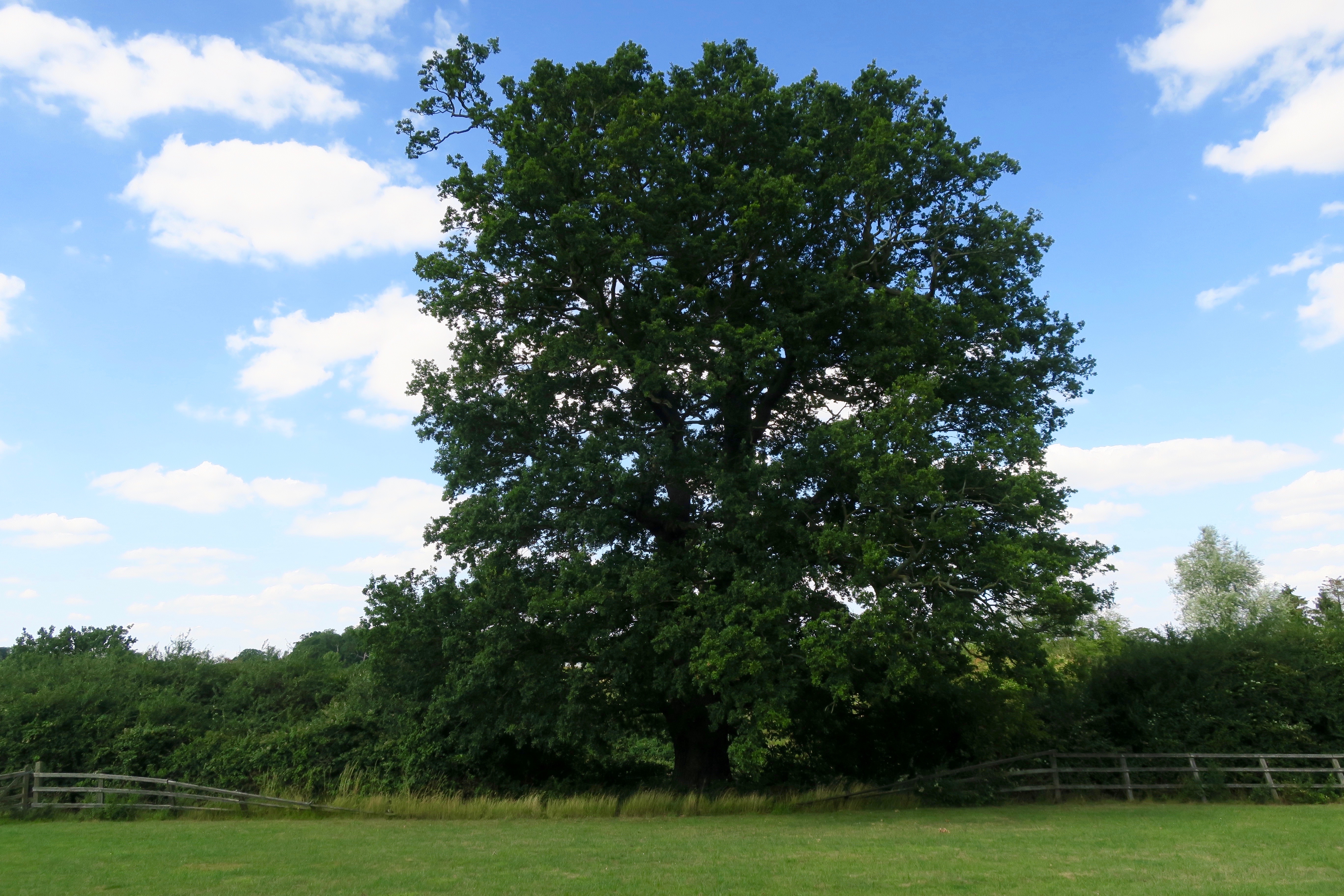






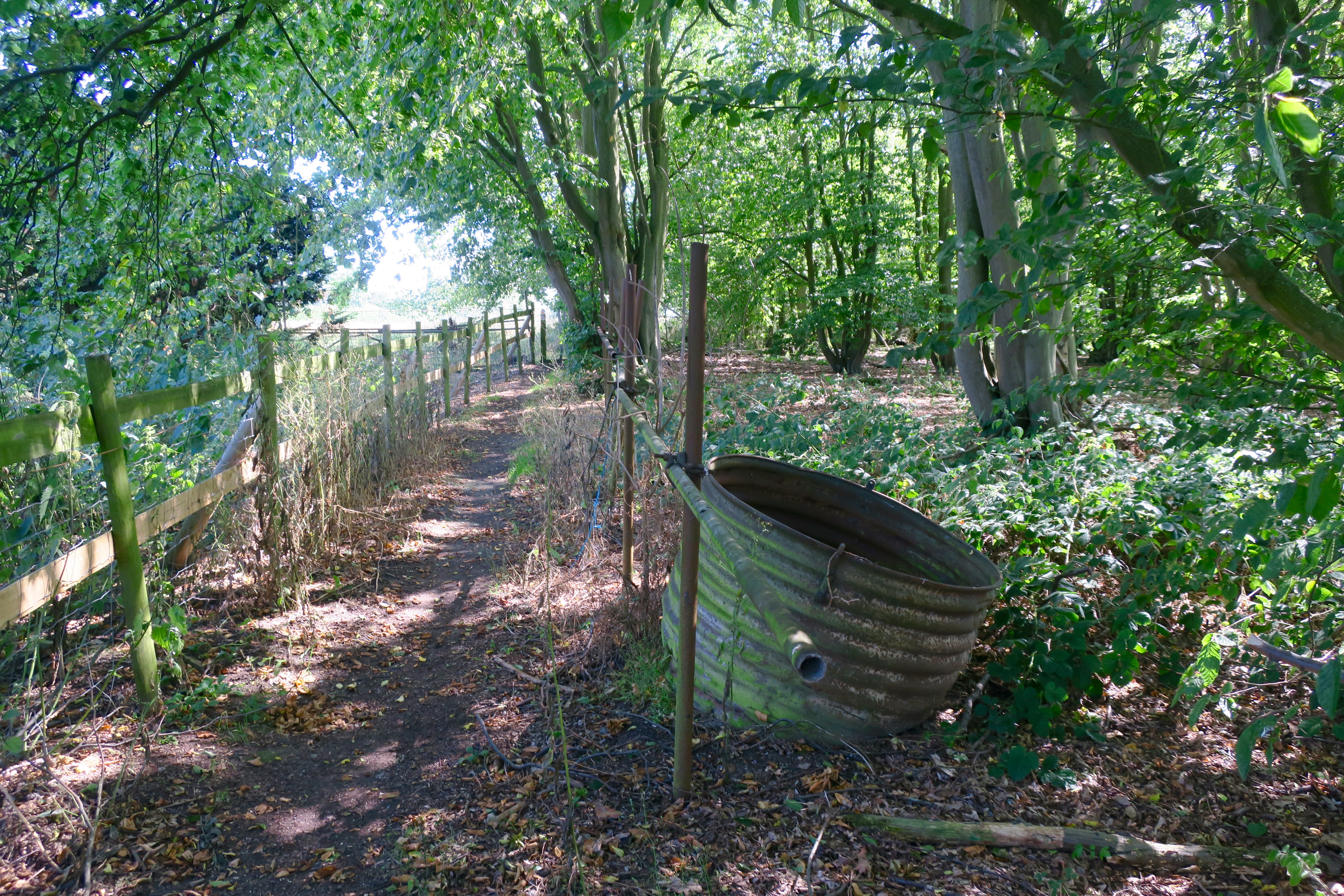


















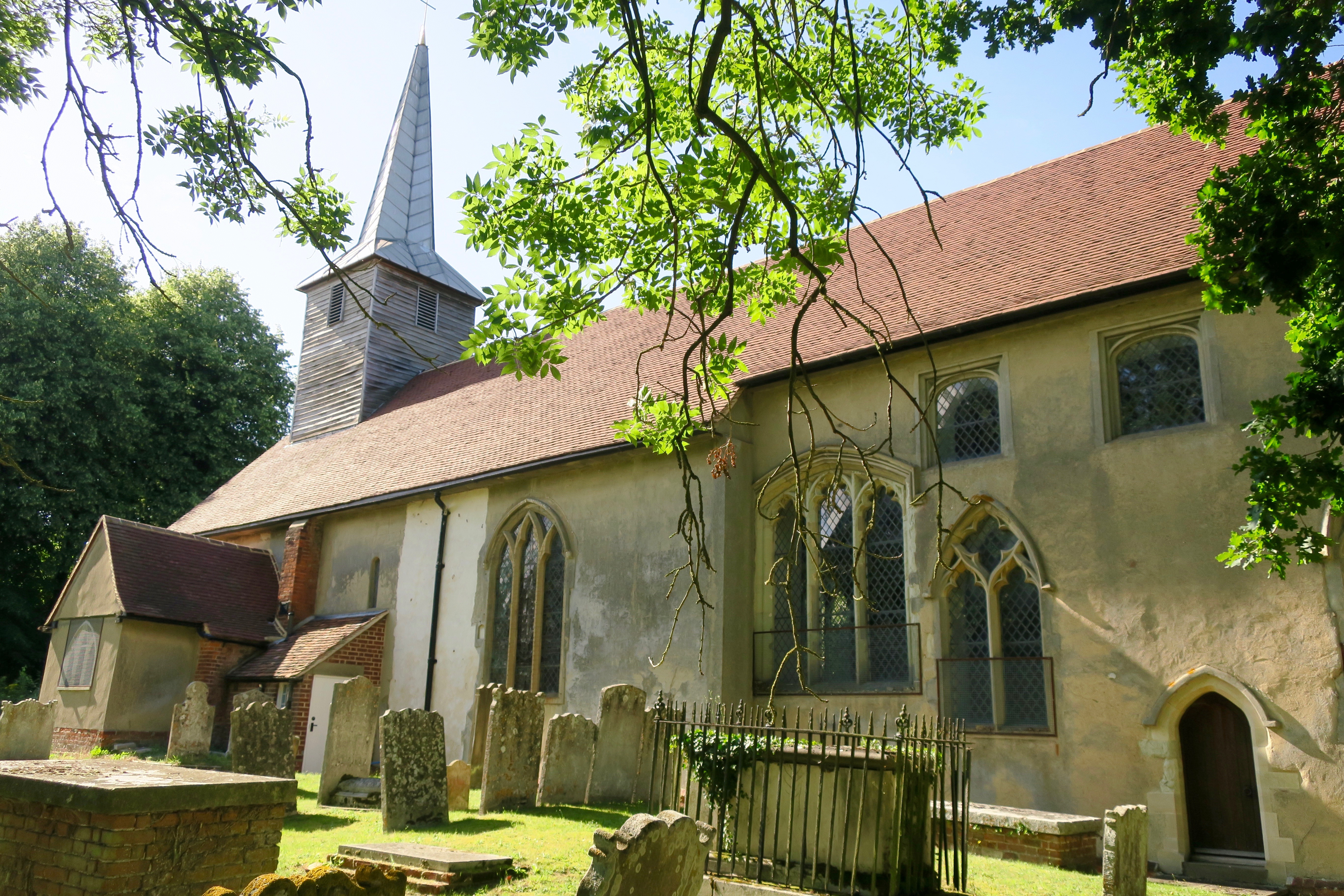










Lovely post – thanks! It reminded me of St Michael and All Angels in Copford, Essex. http://copfordchurch.org.uk/
I studied it’s history and wrote a paper on it during my building conservation course at the Architectural Association. It is well worth a visit.
Thanks Hedy, I’ve added Copford church to my to visit list.
Thank you for a breath of fresh air from Essex
Thanks Jill.